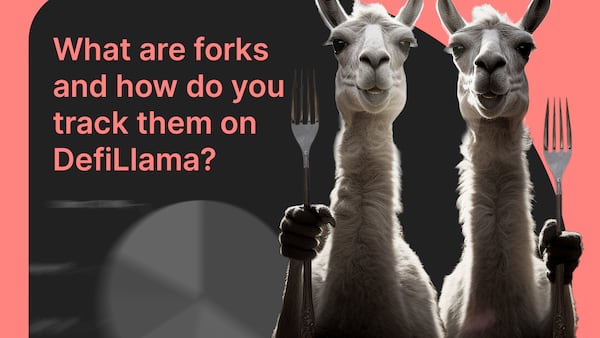- Binance listed EthereumPoW for futures trading today.
- EthereumPoW still lags behind Ethereum massively.
- Proponents of the Ethereum fork are working to create a DAO.
Last year, crypto miner Chandler Guo, the main force behind the Ethereum hard fork that led to the creation of EthereumPoW, made a bold prediction.
It will take 10 years for EthereumPoW to match the price of Ethereum, the second-largest crypto by market capitalisation, he said
Yet more than a year later, that prediction is nowhere near coming to fruition. EthereumPoW is trading at less than 1% of Ethereum’s dollar price, down from over 3% immediately after last year’s hard fork.
That’s even with a recent Binance futures listing, that allows traders to place leveraged bets on the coin of up to 50 times their principal.
The futures listing comes on the heels of a sudden rally in EthereumPoW’s price, which saw it more than double over the past month. That compares with an only 15% bump for its canonical counterpart.
The Tuesday announcement caused a short-lived price bump, but the coin slumped 10% in the last 24 hours.
Proof-of-Work loses out
EthereumPoW’s creation traces its origins to The Merge — the network transition that saw Ethereum pivot from a Proof-of-Work blockchain to a Proof-of-Stake one.
Guo, who has invested in startups on another Ethereum fork called Ethereum Classic, led a coalition of crypto miners who didn’t favour the switch to Proof-of-Stake.
They elected to fork Ethereum — sustaining the old version of the blockchain while the main, canonical version continued.
Proof-of-Work and Proof-of-Stake are consensus mechanisms used by blockchains to secure their networks.
Proof-of-Work blockchains are often criticised for not being environmentally friendly. That’s because they require a vast amount of energy for mining — the process by which Proof-of-Work blockchains process transactions.
Bitcoin, the most popular Proof-of-Work chain, is also subject this line of criticism.
Proof-of-Stake chains, on the other hand, require a lot less energy to run. Ethereum’s energy usage, for example, has dropped 99.99% since The Merge.
Despite lagging behind Ethereum across several metrics, proponents of EthereumPoW still remain relatively upbeat about the chain.
Still, there are concerns that a lack of funding may derail its prospects. As such, stakeholders are working to create a DAO, or decentralised autonomous organisation, to helm EthereumPoW’s development.
A history of forks
EthereumPoW is not the first Ethereum fork.
In 2016, an incident known as the DAO hack ruptured the Ethereum network, causing it to split into two blockchains: Ethereum and Ethereum Classic.
A hacker stole $60 million worth of Ether — about 14% of all Ether in circulation at that time — from The DAO, an early decentralised autonomous organisation that intended to act as an investor-directed venture capital firm.
While the majority of Ethereum stakeholders chose to fork the blockchain, effectively rolling back Ethereum’s history to before the hack, some continued on with the original version, which became known as Ethereum Classic.
Since the DAO hack, the canonical version of Ethereum has outperformed Ethereum Classic by orders of magnitude.
And unless it changes course soon, EthereumPoW looks to be following a similar fate.
Osato Avan-Nomayo is our Nigeria-based DeFi correspondent. He covers DeFi and tech. To share tips or information about stories, please contact him at osato@dlnews.com.







